 |
 |
 |
| |
Association of Sleep Disruption with Kynurenine Pathway Activation in Women Living with HIV
|
| |
| |
CROI 2022 Feb 11-16
Andrea C. Rogando1, Kathleen Weber2, Jiaqian Xing3, Xiaonan Xue3, Tsion Yohannes2, Ralph Morack2, Qibin Qi3, Clary Clish4, Kevin Bullock4, Deborah Gustafson5, Kathryn Anastos3, Anjali Sharma3, Helen J. Burgess6, Audrey L. French7
1. Charles R Drew University of Medicine and Science, Los Angeles, CA; 2. Hektoen Institute of Medicine/CORE Center of Cook County Health, Chicago, IL; 3. Albert Einstein College of Medicine, Bronx, NY; 4. Broad Institute of MIT and
Harvard, Cambridge, MA; 5. State University of New York Downstate Medical Center Downstate Medical Center, Brooklyn, NY; 6. University of Michigan, Ann Arbor, MI; 7. Cook County Health & Hospitals System, Chicago, IL

The kynurenine pathway has received increasing attention as its connection to inflammation, the immune system, and neurological conditions became more apparent. It is the primary route for tryptophan catabolism in the liver and the starting point for the synthesis of nicotinamide adenine dinucleotide in mammals. Dysregulation or overactivation of this pathway can lead to immune system activation and accumulation of potentially neurotoxic compounds. These aspects make the kynurenine pathway a promising target for therapeutic development to treat inflammation and some diseases with neurological aspects, especially in cancer patients undergoing chemotherapy.
As the link between the kynurenine pathway and major depressive disorder became more apparent, the serotonin hypothesis was proposed stating that upon activation, the kynurenine pathway would divert available tryptophan away from serotonin production towards further catabolism [3].
Tryptophan is an essential amino acid which is used to build protein and is a biosynthetic precursor to numerous neurologically active compounds. It is probably most well known as the starting point for the biosynthesis of serotonin and melatonin. While the generation -of these two compounds may have garnered the most attention in the past, a less well known pathway for tryptophan metabolism, the kynurenine pathway, has recently seen steadily increasing research activity. The importance of the kynurenine pathway, which accounts for the catabolism of ~99% of ingested tryptophan not used for protein synthesis [1], was originally ascribed to its role in the biogenesis of nicotinamide adenine dinucleotide (NAD), however apparent links with neurodegenerative diseases, tumor proliferation, inflammation, and depression are currently driving the study of the kynurenine pathway.
To summarize, the primary metabolic route for tryptophan catabolism in mammals produces neuroactive compounds, one of which, quinolinic acid, is both the biosynthetic precursor to NAD production and an agonist of NMDA receptors. Elevation of quinolinic acid concentrations in cerebrospinal fluids has been seen in several neurodegenerative diseases, and injection of exogenous quinolinic acid can cause neurodegeneration in mice. The kynurenine pathway can be stimulated in the brain by treatment with IFN-α. These findings point to the production of quinolinic acid by the kynurenine pathway as a contributing factor to neurodegenerative diseases which are associated with inflammation.
In conclusion, the kynurenine pathway is the major route for tryptophan catabolism in mammalian cells, and many of the intermediates and products of this pathway are implicated in numerous neurological diseases. As such, the kynurenine pathway is a ripe target for drug discovery, especially since so little is known regarding its regulation.
https://www.ncbi.nlm.nih.gov/pmc/articles/PMC4482796/
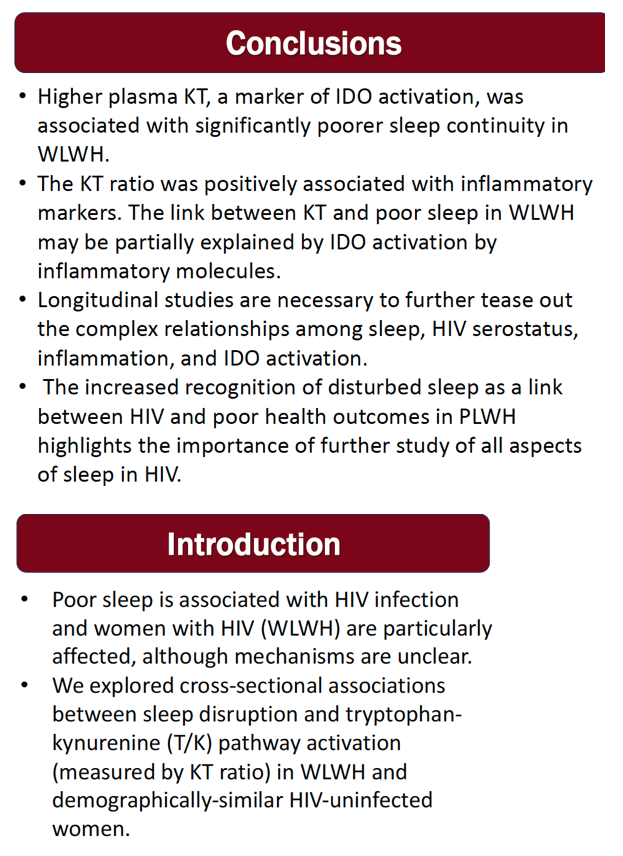
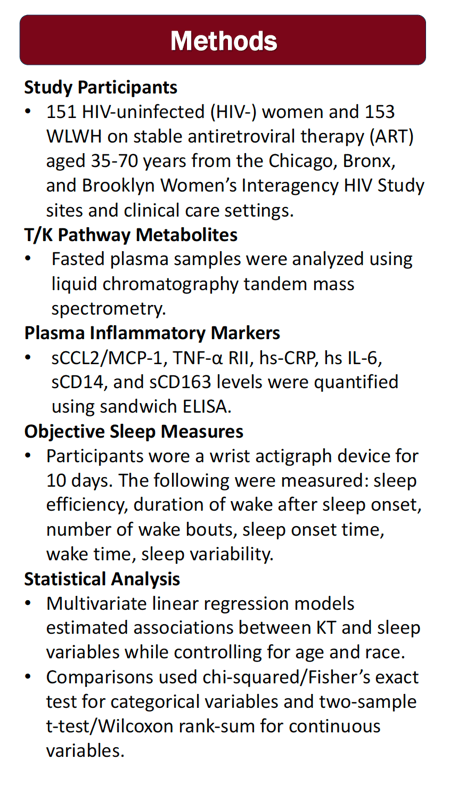
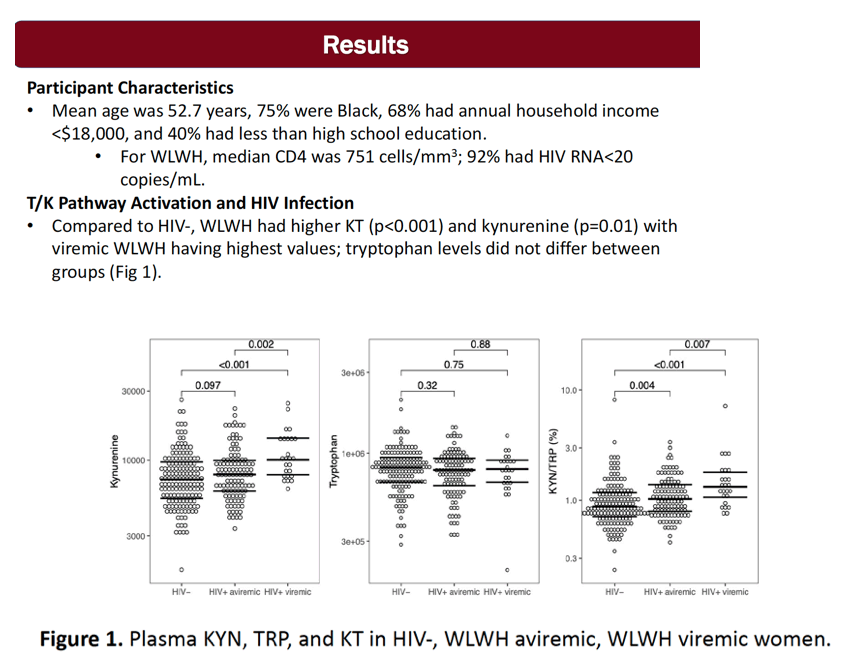
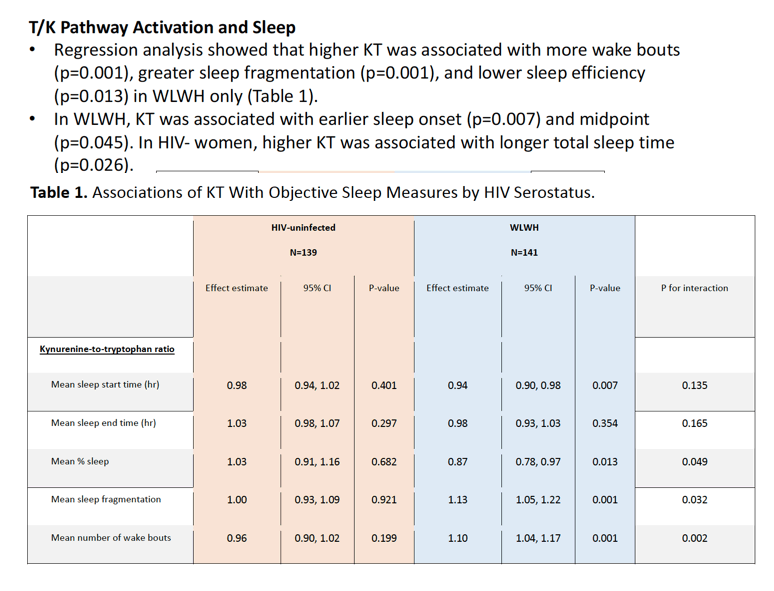
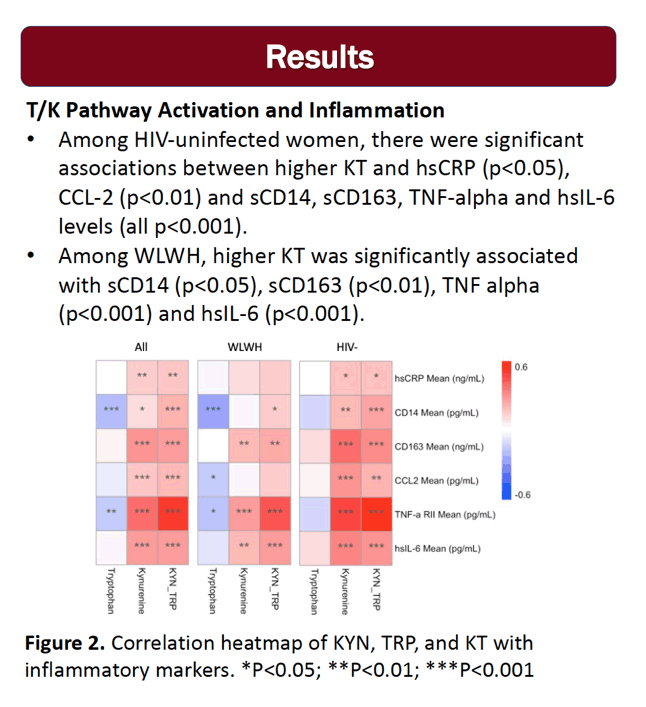
|
| |
|
 |
 |
|
|